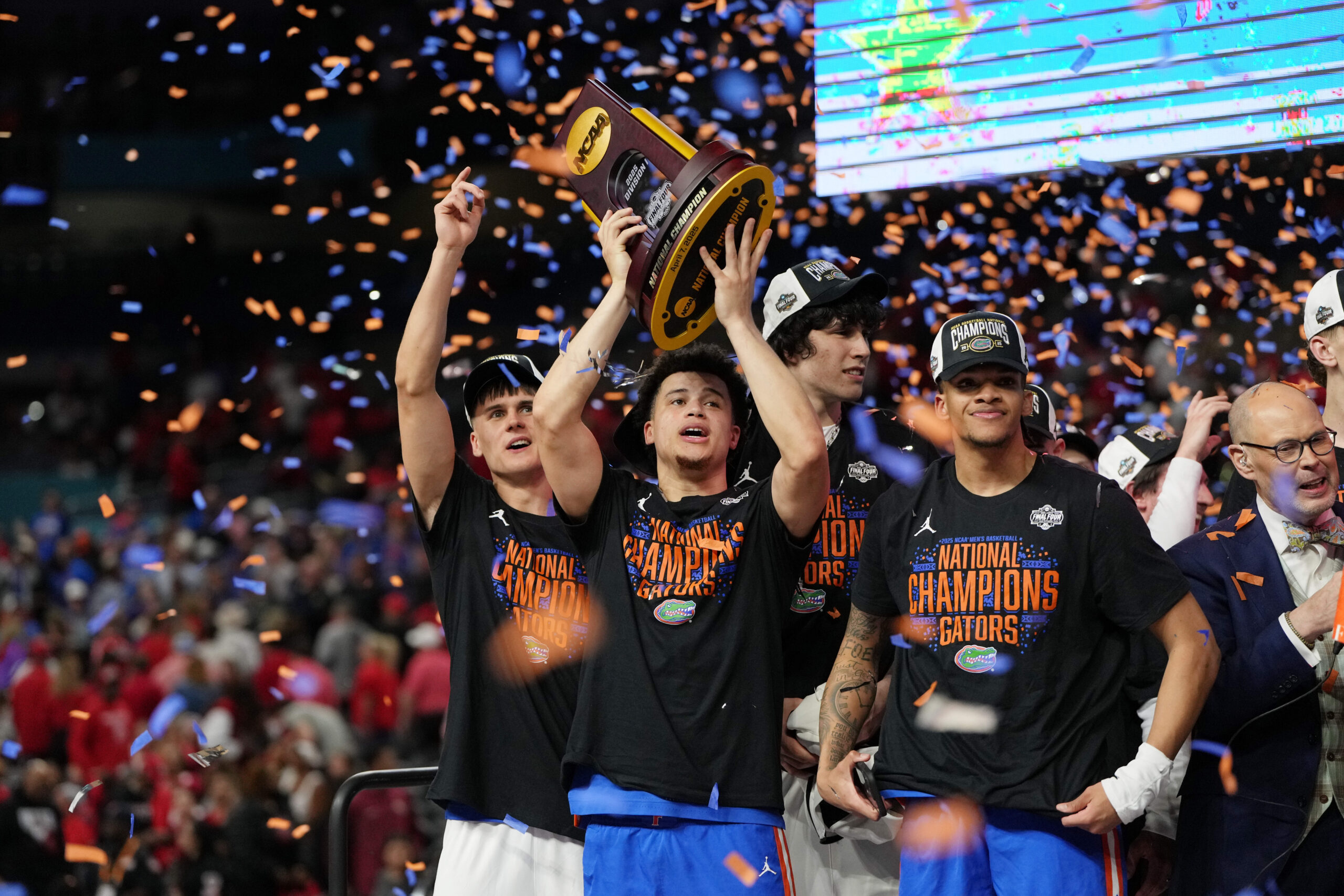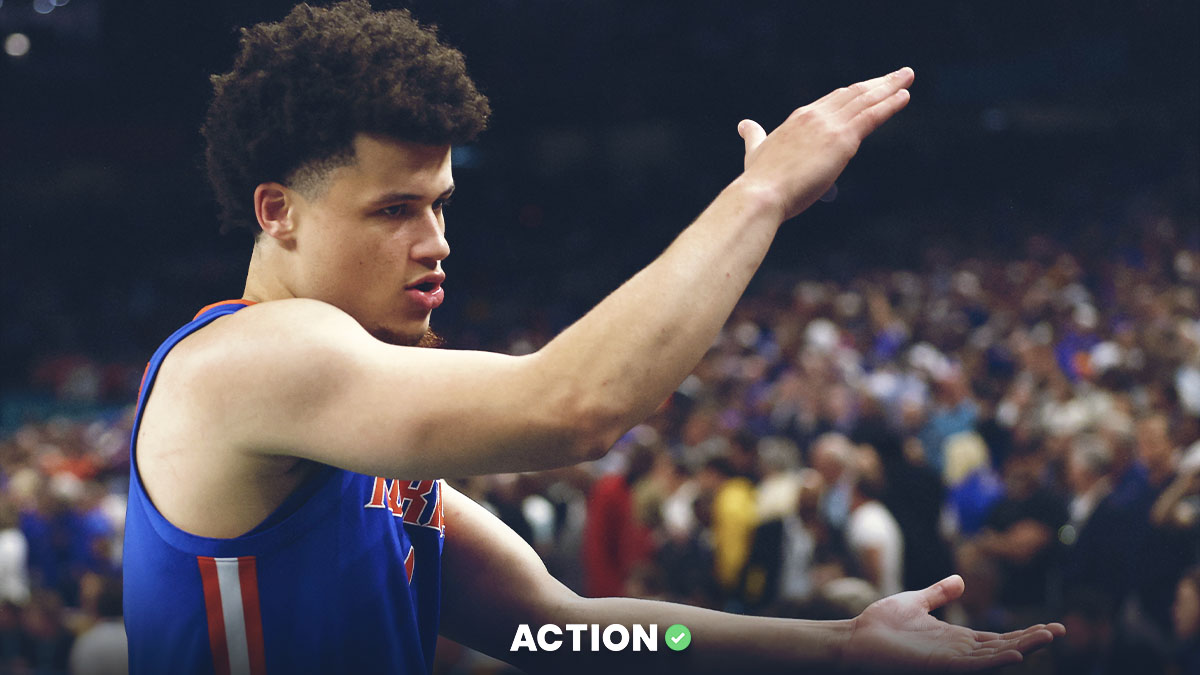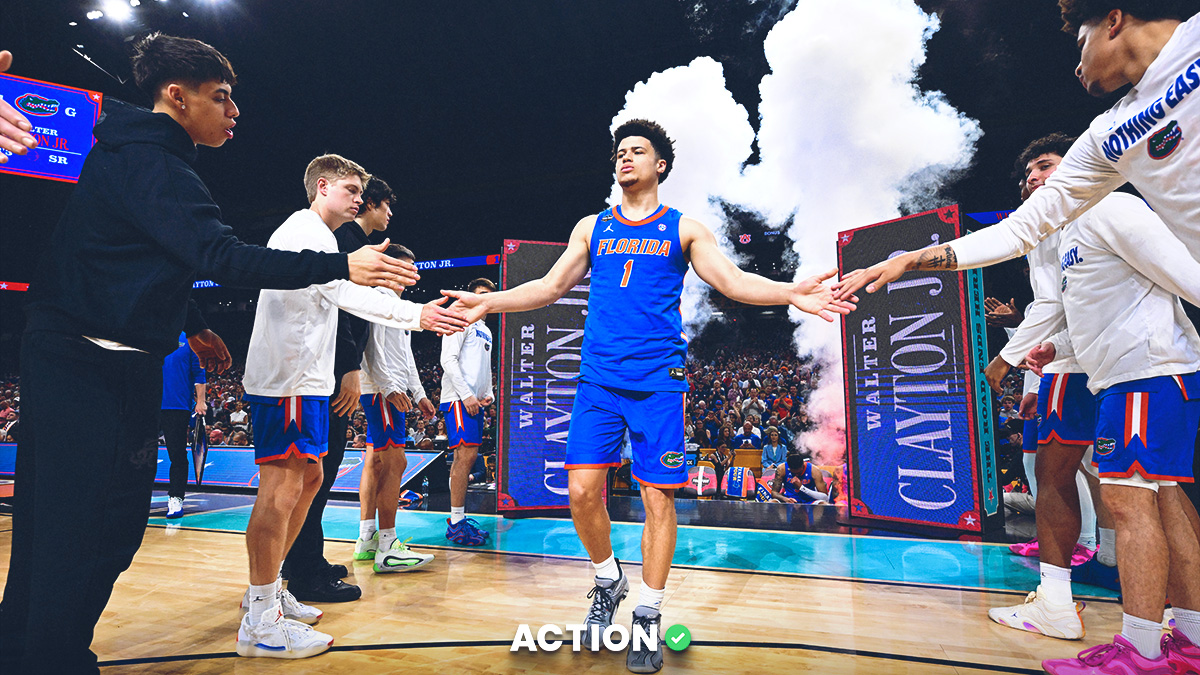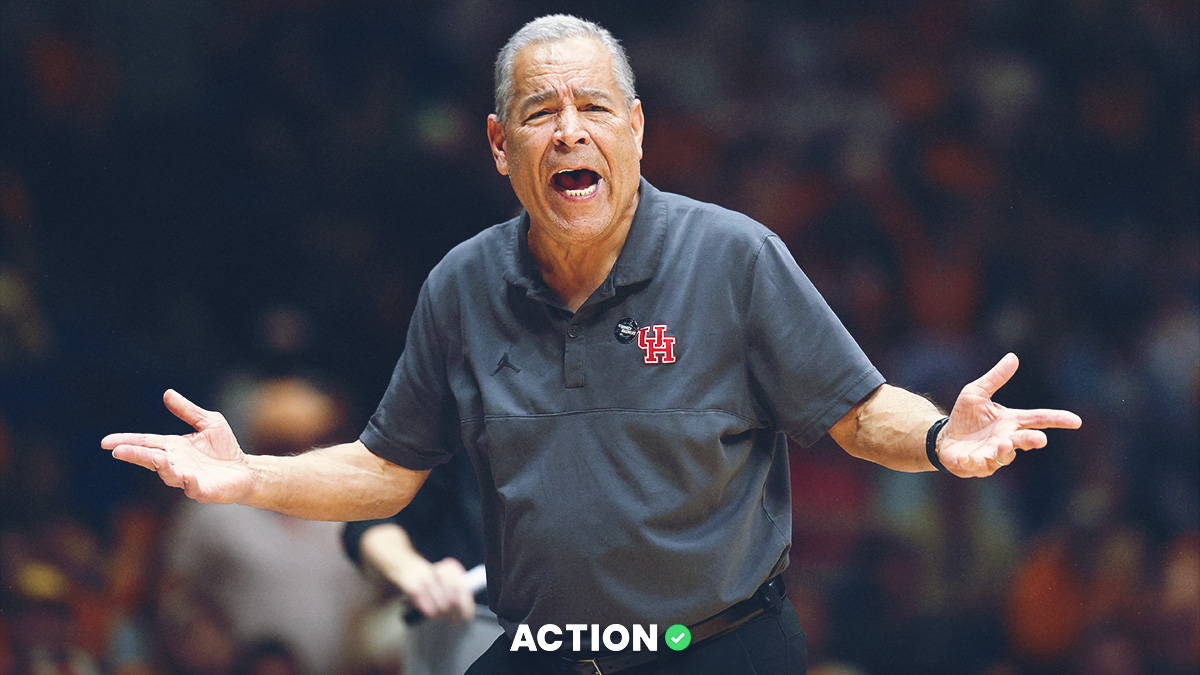The beauty of college basketball is that any team — yes, even Arkansas Pine Bluff, Incarnate Word, or Binghamton — can win the national championship. In a world where Golden State is a near-unprecedented championship favorite in the NBA, it's nice to still have basketball that isn't, well, so predictable.
But is that right? Just because the college basketball format allows for more parity, does that mean there really is more parity? Let's take a look.
Offense, Defense, or Balance?
Ken Pomeroy has three great metrics to measure the performance of college teams . . .
- Adjusted offensive efficiency (AdjO): Points scored per 100 possessions, adjusted for opponents
- Adjusted defensive efficiency (AdjD): Points allowed per 100 possessions, adjusted for opponents
- Adjusted efficiency margin (AdjEM): The difference between a team's offensive and defensive efficiency
Using these numbers, which go back to the 2001-02 season, I correlated them with performance in March.
The combined metric, AdjEM, had the highest correlation with tournament performance, and the results of the top 15 teams in that regard are excellent:
Things are less peachy for the top 10 offenses and defenses, which suggests a team, even with an elite O/D unit, needs to have some semblance of balance.
Making the Final Four
But let's get to what's really important here: Finding which teams can actually make the Final Four, and, hopefully, win a title. Going back to the 2001-02 season, a whopping 60.8 percent of teams with an AdjEM mark of 30 or higher have made the Final Four. That number dips to just 29.1 percent for teams with an AdjEM between 25 and 30, and ones with a mark below 20 have nearly no chance. The best teams usually come out on top: 32.1 percent of the teams with an AdjEM above 30 have won a title that season.
The best teams have the strongest combination of offense and defense, so let's see those combinations of the Final Four teams during that span.
One thing that should stand out immediately is that we have some extreme squads this year. Many of the teams have great offenses but mediocre defenses. For example, this year's TCU or Saint Mary's teams each rank in the top five in the nation in AdjO, but they're ranked worse than 100th in AdjD. Since 2001-02, no title team has ranked worse than 39th offensively or below 18th defensively. Extremes may be good in the NFL, but it doesn't work in college basketball. A defense ranked outside of the top-100 just won't fly, no matter how excellent the offense may be. The numbers would be even more stark if we threw out the 2014 season in which the seventh-seeded Connecticut Huskies won the title. That was one of the lowest-rated Final Fours over the past 20 years:
The 2017-18 Final Four Hopefuls
If we use the criteria of, say, top 40 on offense and top 20 on defense, the list of matching candidates for the 2018 title is small.
- Virginia: 38th AdjO, 1st AdjD
- Tennessee: 27th AdjO, 7th AdjD
- Michigan St.: 10th AdjO, 9th AdjD
- Purdue: 3rd AdjO, 11th AdjD
- Clemson: 33th AdjO, 16th AdjD
- Ohio St.: 20th AdjO, 20th AdjD
That's the list. Yes, a lot of the big boys are missing, like Villanova (32nd AdjD), Duke (53rd AdjD), and Cincinnati (55th AdjO). At least for now, this seems to be something of an outlier year. Most of the best teams since 2002 — look at the table with the top 15 AdjEM teams — have historically had both top 10 offenses and defenses. It's not like it's a particularly down year — Villanova would rank in the top 10 in AdjEM since 2002 — but the teams do seem to have singular strengths more so than usual this season.
Villanova and Duke, while they don't hit the criteria I threw out above, do have two of the top four offenses during that span. Nova's 128.4 AdjO mark this season sits behind only the 2015 Wisconsin teams in terms of efficient offenses, and Duke isn't far behind at No. 4 during that time period. On the other side, Virginia's defense wouldn't just be the best unit since 2002 — it blows all other teams out of the water. Their 82.2 mark would be a full 2.0 points better than the next-best defense since 2002 in the 2009 Memphis Tigers. This year's Cincinnati team would be tied for No. 6.
We're looking at historically dominant offensive and defensive units this season, which begs the question: Will that type of dominance supersede the historical trend of a balanced team taking the title? Or will Nova and Duke get upset by a team in the list above — ones that certainly have low odds in the betting market to win the title?
- Virginia: +700
- Tennessee: +10,000
- Michigan St.: +450
- Purdue: +700
- Clemson: +10,000
- Ohio St.: +6,600
This is a fascinating storyline to watch as the tournament approaches, and it's certainly possible for Nova, Duke, or some other one-sided squad to become more balanced. And while I'm not ready at all to write off Nova given their talent, coaching, and overall dominance — their AdjEM is excellent, mind you — the odds on a team like Virginia are certainly intriguing.
















































